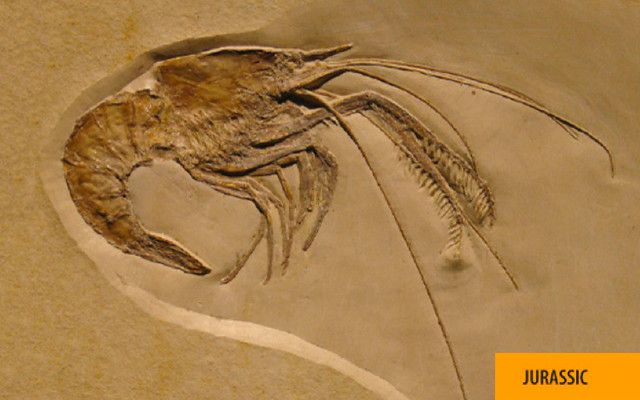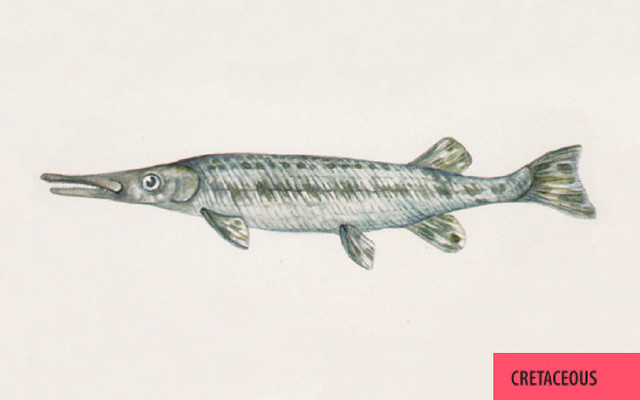AMNH Pterosaur Starter Deck
2014 – (See Cards | Deck Info | Download | Purchase)…
This deck uses images and information from the vast collections of the American Museum of Natural History in New York City, especially the 2014 special exhibition Pterosaurs: Flight in the Age of Dinosaurs. The game consists of 38 different cards, includes “extinct” organisms, and utilizes a simplified version of the game to compensate for unavailable facts.

Aeger elegans
Aeger elegans


EXTINCT | 1 POINT
Play: MOVE of 1.
Aeger elegans is a species of shrimp that was found in the Solnhofen limestone of Germany.

Nymphaeales (Water Lily)
Nymphaeales order


EXTANT | 1 POINT
Water lily fossils have been found from as early as the Cretaceous period.

Waterscorpion
Nepidae family


EXTANT | 2 POINTS
Play: MOVE of 1.
Waterscorpions are insects, but are not closely related to true scorpions.

Aspidorhynchus
Aspidorhynchus


EXTINCT | 2 POINTS
Play: MOVE of 2.
Aspidorhynchus was a speedy, two-foot long fish, with tooth-lined, elongated jaws.

Obaichthys
Obaichthys


EXTINCT | 3 POINTS
Play: MOVE of 1.
Obaichthys is a primitive garfish, whose fossils have been found in Brazil.

Cockroach
Blattodea order


EXTANT | 2 POINTS
Play: MOVE of 1.
Cockroaches existed before pterosaurs and dinosaurs. The first fossils of modern cockroaches appeared in the Early Cretaceous period.